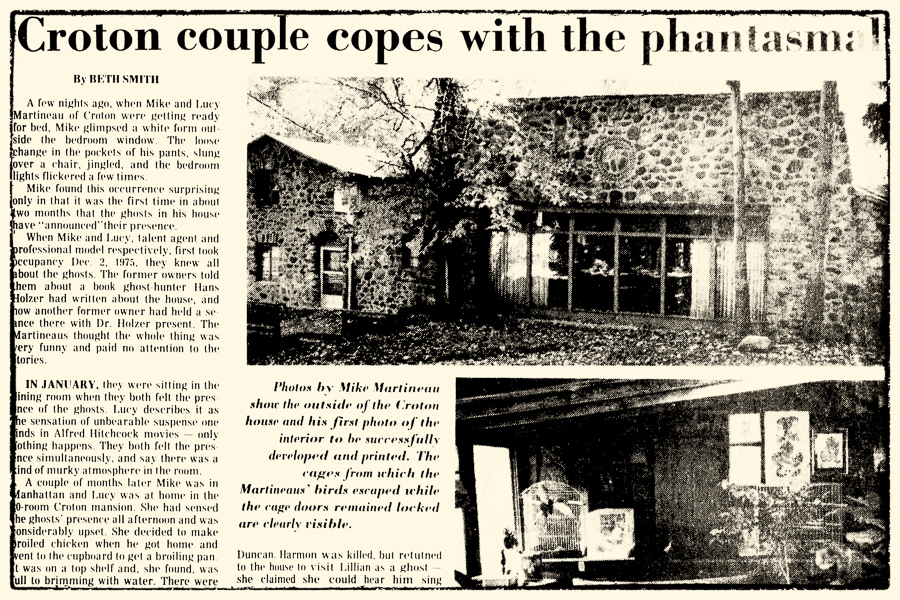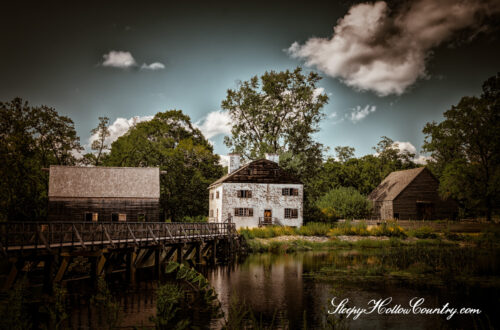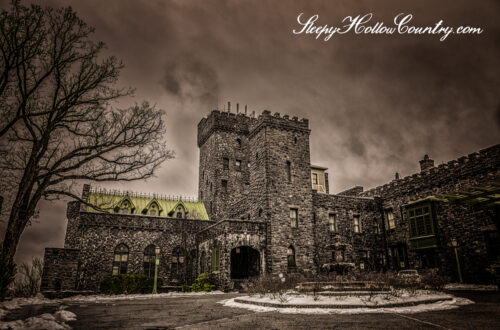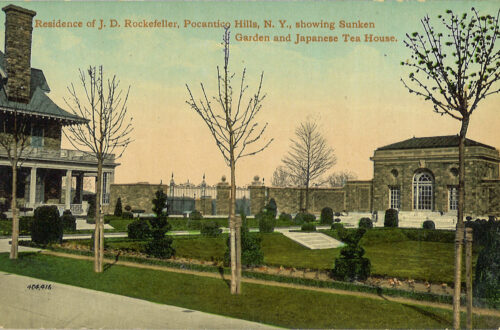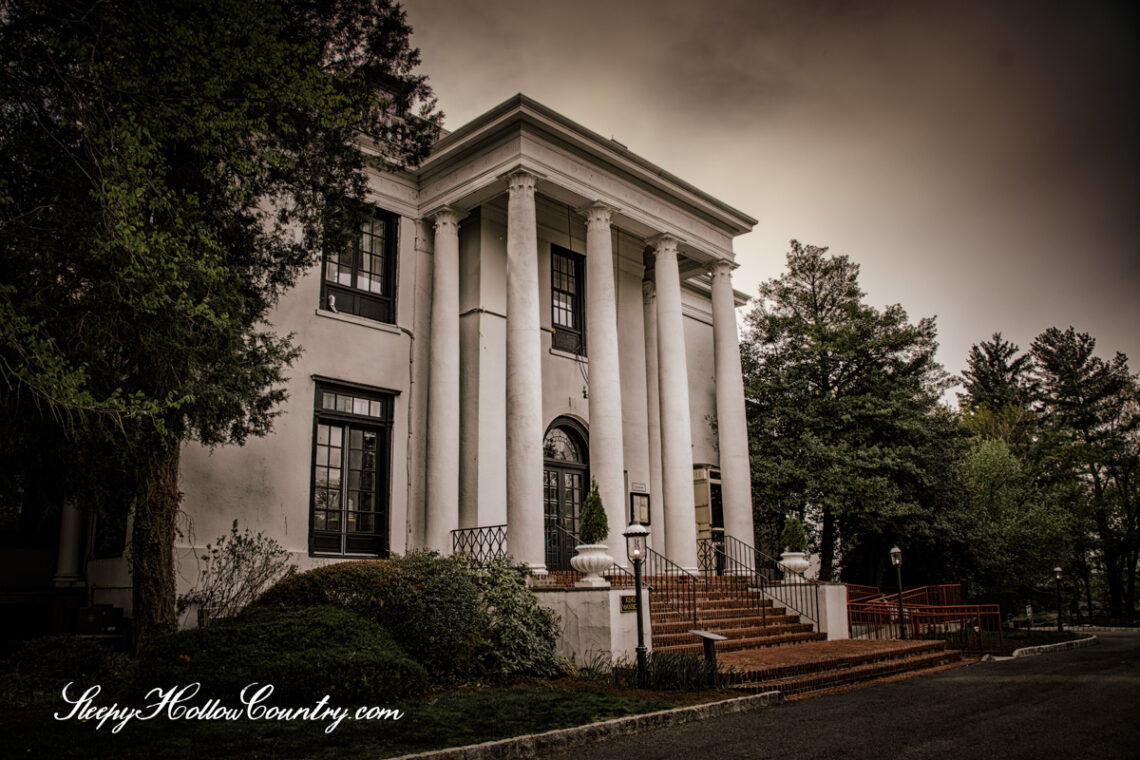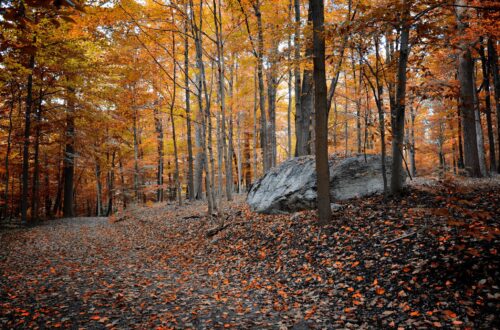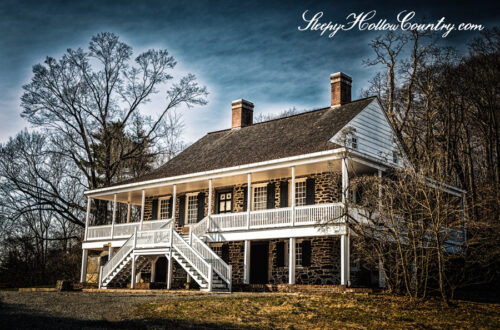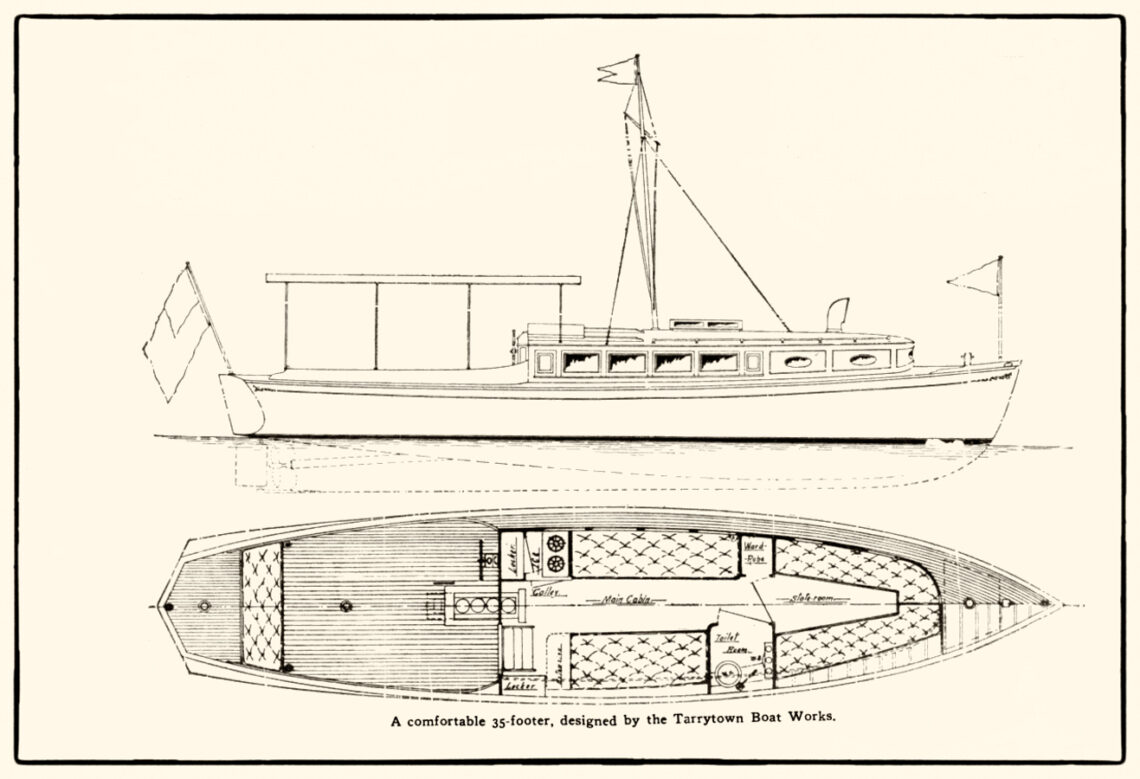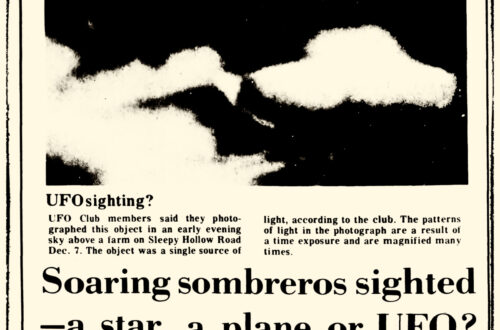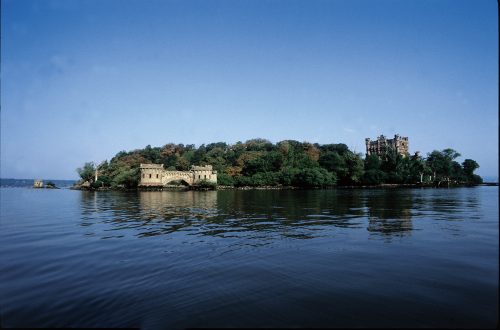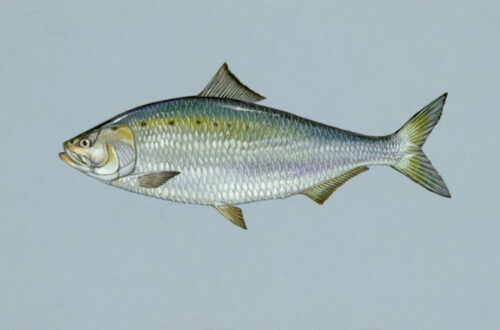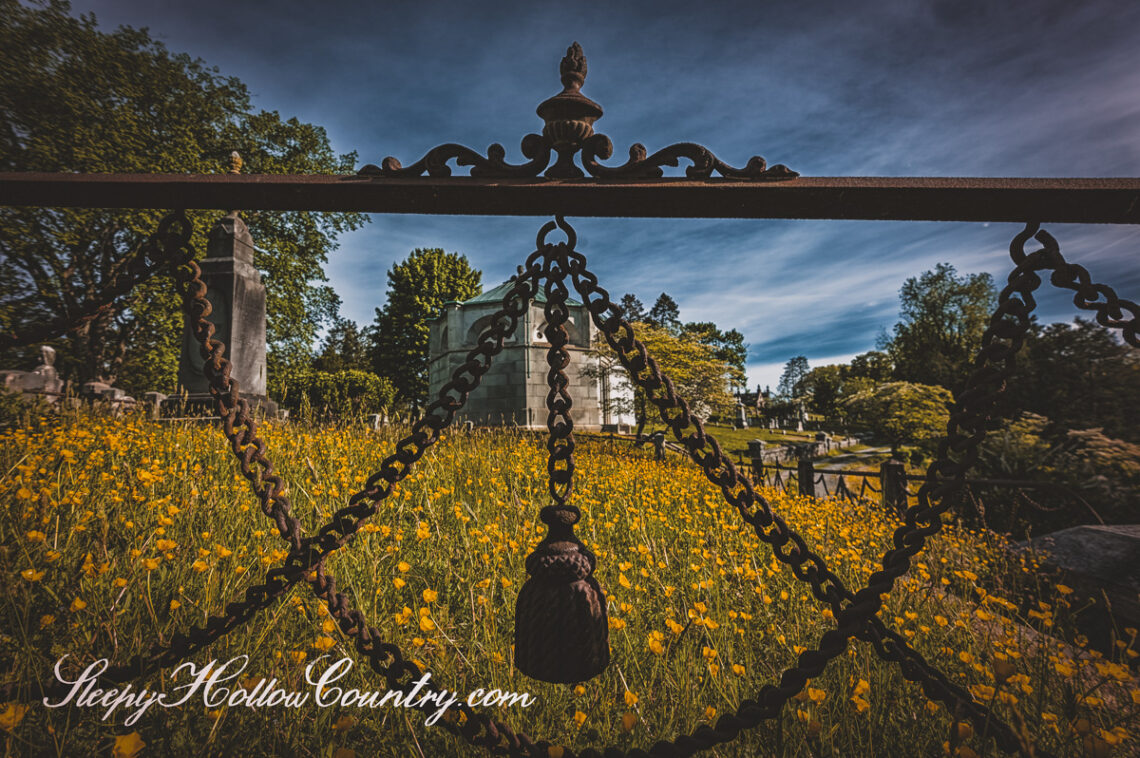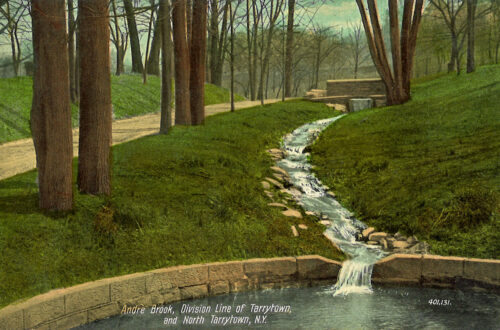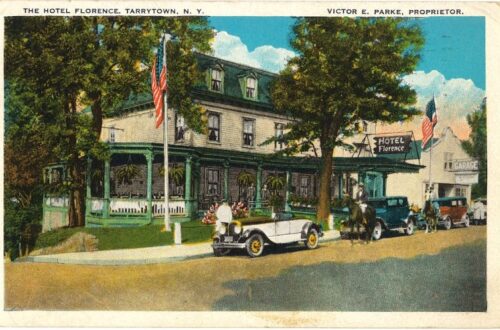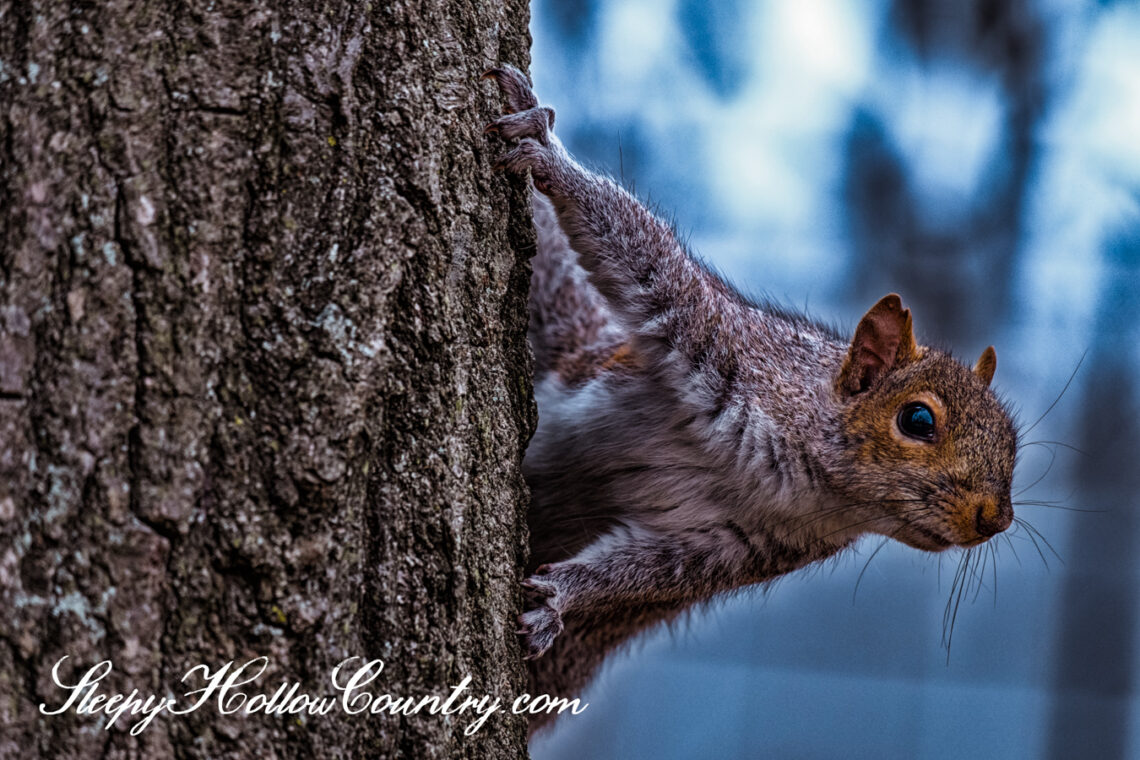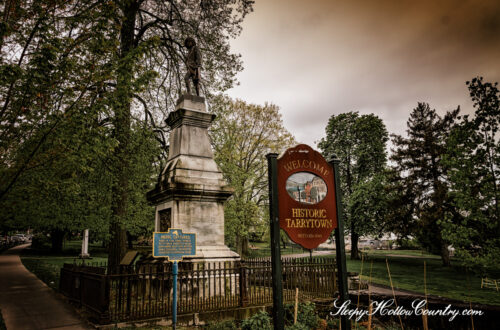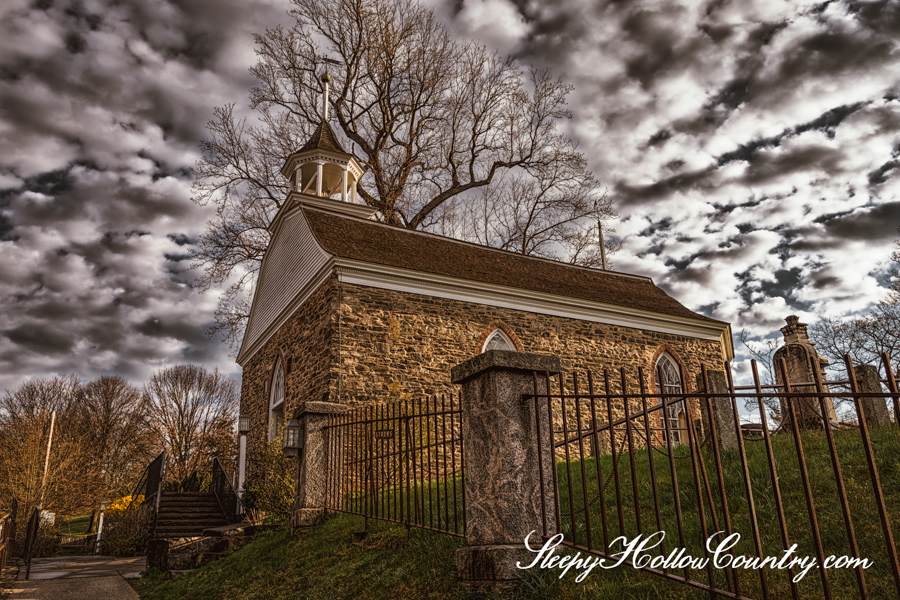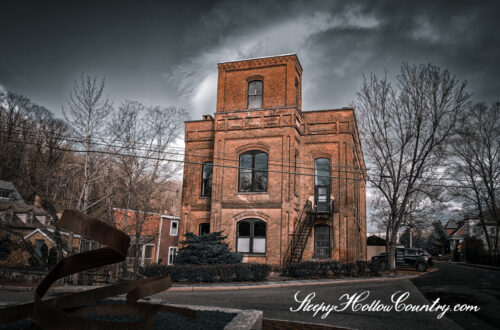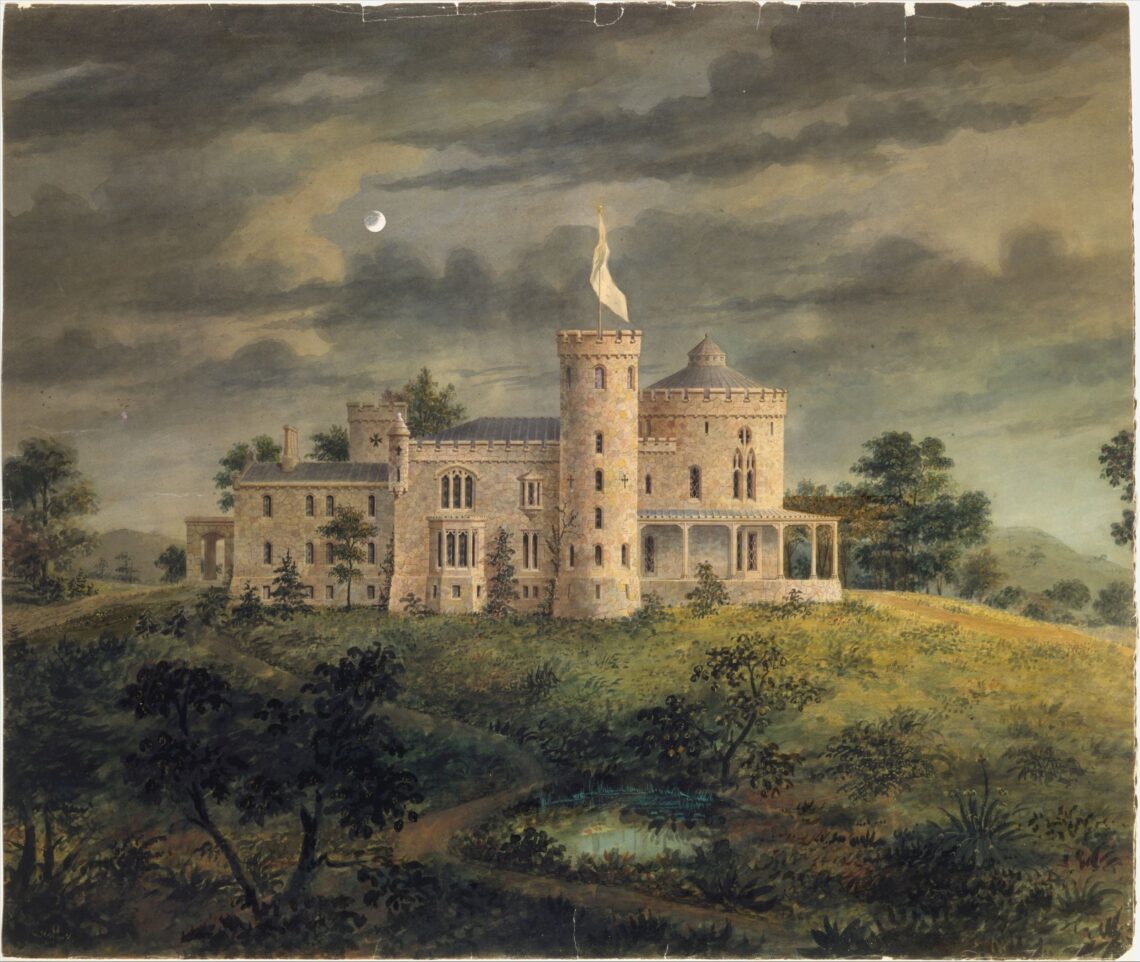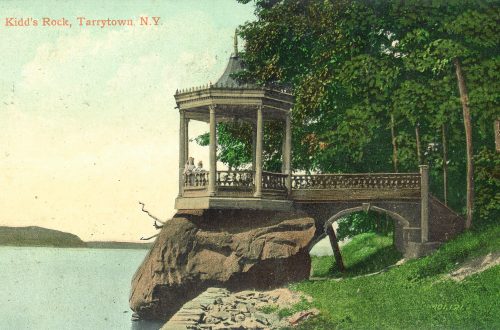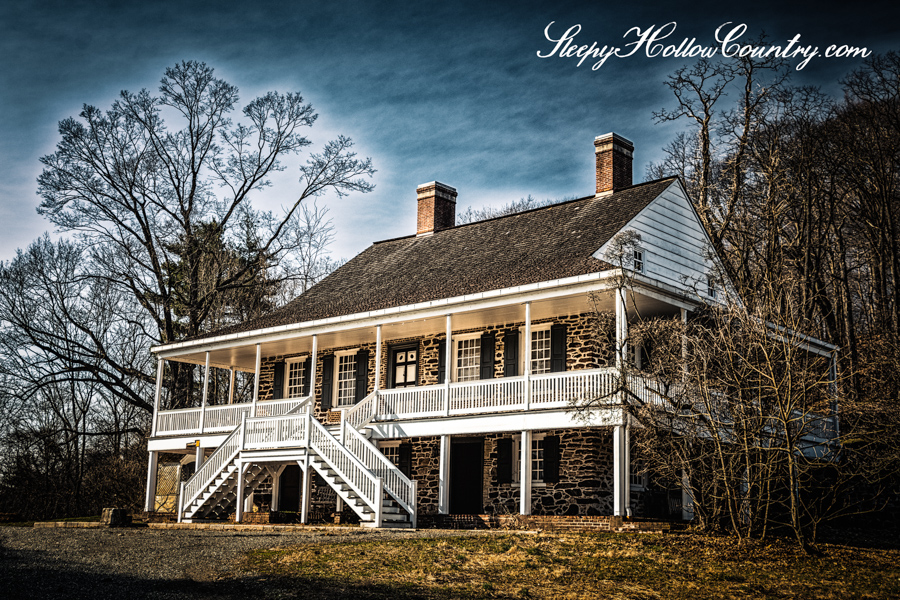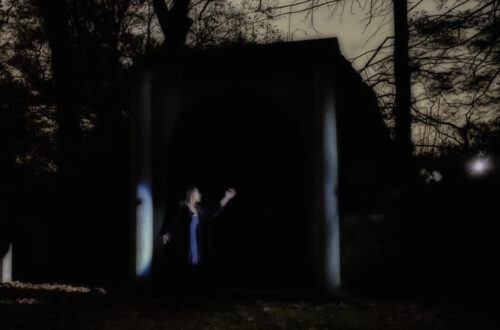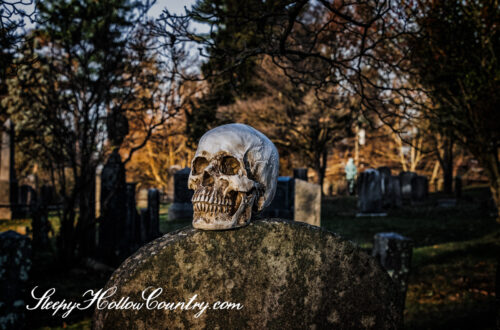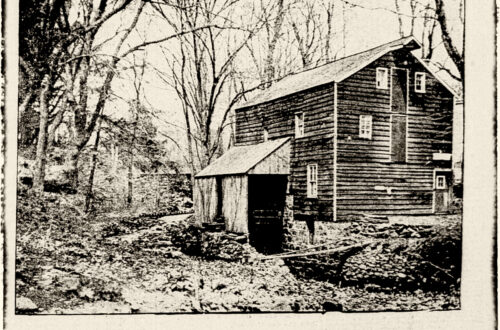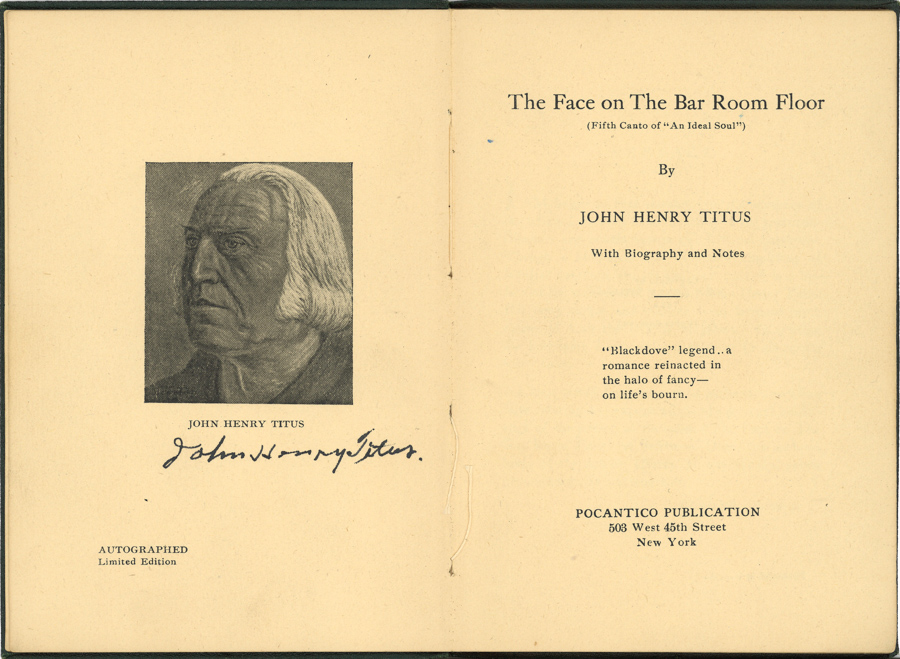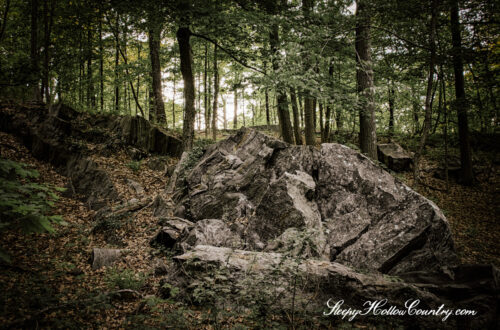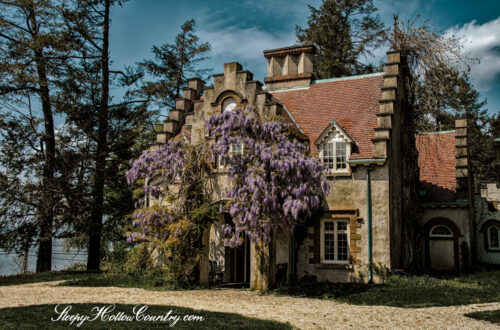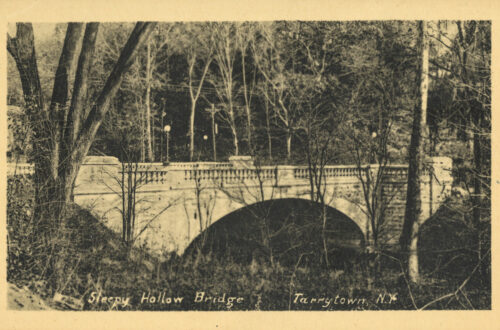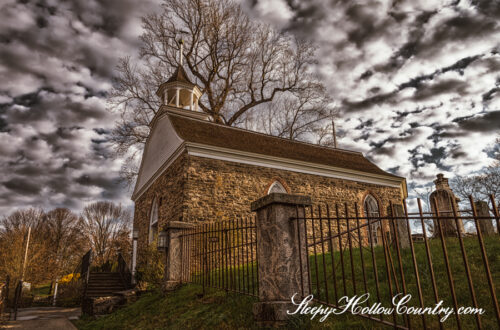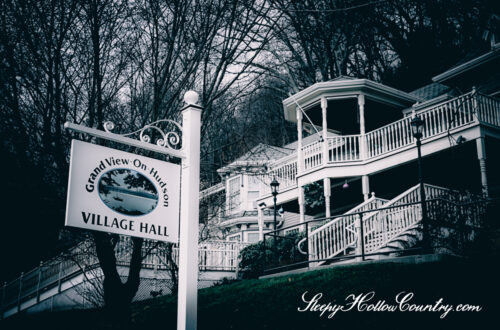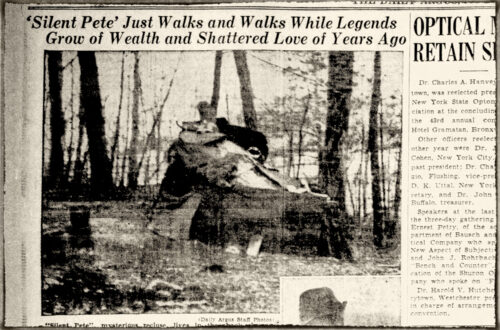-
The Passionate Phantasms of Croton-on-Hudson
The following story is a particular treat for Sleepy Hollow Country. This decades-spanning tale features some incredible facts: a charming adventurer, a renowned opera singer, tragic deaths, no less than four possible ghostly “phantasms”, two separate seances, and a famed ghost hunter; all wrapped up somewhat neatly in a beautiful and unassuming stone mansion located in the quaint community of Croton-on-Hudson. Clifford Burke Harmon Clifford B. Harmon is just the character for a ghost story. Larger-than-life, this entrepreneur, developer, and dashing Edwardian Era wild child deserves a more thorough exploration all to himself. Still, for the sake of brevity, we will hit the best points. Harmon was born in Ohio…
-
The Ghost of Sybil Harris King
The ghost of Sybil Harris King is reputed to linger around her former mansion which today is part of the Tarrytown House Estate. This corporate retreat center and event venue, located in Tarrytown, New York, has a rich history that dates back to the 19th century. The property is the combination of three Gilded Age estates owned by wealthy families who were drawn to the Hudson River Valley for its scenic beauty and proximity to New York City. It is situated on East Sunnyside Lane, just off South Broadway and not far from Washington Irving’s home, Sunnyside. Of the three original mansions, two remain standing: Uplands of broker James S.…
-
Tarrytown Boat Works
Tarrytown Boat Works was part of a vibrant Hudson River working waterfront during the early years of the 20th century. It was one of at least three boat builders on the Tarrytown waterfront over the years, including local powerhouses John O. Brown and Julius Petersen. While traces of any local boat builders are hard to find 100 years later, we dug deep into the archives to piece together this brief history of Tarrytown Boat Works. Sadly, we have not been able to track down any surviving watercraft from this shop. What we know for sure is that the business was incorporated in 1910. The annual report from the New York…
-
Sleepy Hollow Cemetery
Sleepy Hollow Cemetery in Sleepy Hollow, New York, is one of the most storied and picturesque burial grounds in the United States. Nestled in the heart of the Hudson Valley, this historic cemetery is renowned for its connection to Washington Irving’s famous tale “The Legend of Sleepy Hollow,” as well as for its beautiful landscape and notable interments. With a rich history dating back to the 19th century, Sleepy Hollow Cemetery is a place where the past comes alive through its legends, architecture, and the famous individuals laid to rest there. Historical Background Sleepy Hollow Cemetery was established in 1849, at a time when the rural cemetery movement was gaining…
-
Those Wild and Crazy Tarrytown Squirrels
Here in the pages of Sleepy Hollow Country we live and breathe the odd and unexplained. Today we tender a few offbeat stories on rather unusual behavior by a bunch of Tarrytown squirrels. Before we start it is only fair to point out our little furry friends aren’t the only critters to exhibit outlandish behavior in these parts. Goats, chickens, and even mosquitoes have had their moments. A student of literature, however, may recall a line from “The Legend of Sleepy Hollow” that suggests it is the human residents of the hollow who have a propensity to see marvelous visions: “They are given to all kinds of marvelous beliefs; are…
-
The Old Dutch Church of Sleepy Hollow
Nestled amidst the enchanting landscape of Sleepy Hollow, New York, lies a structure steeped in both history and folklore—the Old Dutch Church. As one of the oldest churches in the state, its weathered stones and stoic architecture have witnessed centuries of change, yet it remains an enduring symbol of the region’s rich cultural heritage. More to the point, this is the church and churchyard that appear in Washington Irving’s short story “The Legend of Sleepy Hollow.” Early History of the Old Dutch Church of Sleepy Hollow The precise age of the building is unknown, but it seems likely to place it between 1685 when the church ball was cast in…
-
Ericstan: The Lost Castle of Tarrytown
Once upon a time, in Sleepy Hollow Country, there were not one, but four impressive stone “castles” in the region. Two of these are still in the landscape today: Carrollcliff and Lyndhurst. The remaining two are no longer standing and lost to time. One had featured prominently, overlooking the village of Tarrytown, with towers and wisteria-covered walls that commanded one of the best views of the Hudson River. This lost castle was Ericstan. Architect Alexander Jackson Davis was busy designing and building residences in the Sleepy Hollow region in the early 19th century. He was an artistic acquaintance of George Harvey, the artist who designed Sunnyside for Washington Irving, and…
-
Van Cortlandt Manor
Just above the Philipsburg Manor’s northern boundary, at the junction of the Croton and Hudson Rivers, is another local representation of the early Dutch colonial period: Van Cortlandt Manor. The Van Cortlandt family established this massive 86,000-acre estate that was bounded to the west by the Hudson River, to the east by the borders of Connecticut, and stretching to the north 10 miles. Today, it is a National Historic Landmark with various architecturally significant buildings and landscapes. First Lord of Van Cortlandt Manor Stephanus Van Cortlandt was well-known historically as the first American-born, Dutch Mayor of New York City in the 17th century. His youngest sister’s second husband was Frederick…
-
The Bard of Tarrytown
The Bard of Tarrytown. The Poet of the Pines. The Tanyard Poet. The World’s Most Gifted Seer, Palmist and Medium. These were just some of the professional titles used by the tireless and shameless self-promoter John Henry Titus throughout his long life. He missed the chance to apply even more apt titles to himself: Spinner of Yarns, Teller of Tall Tales, Purveyor of Pablum. Hold on as we explore the life of John Henry Titus through a trail of newspaper advertisements, news articles, and self published books. Here in Sleepy Hollow Country we are all too familiar with out-of-towners sweeping in to school us simple, unsophisticated yokels. A fellow named…
-
The Man, The Myth, The Legend: Washington Irving. Part 2: A Traveling Literary Lawyer
“To me the Hudson is full of storied associations, connected as it is with some of the happiest portions of my life. Each striking feature brings to mind some early adventure or enjoyment; some favorite companion who shared it with me; some fair object, perchance, of youthful admiration, who, like a star, may have beamed her allotted time and passed away.” Washington Irving, The Life and Letters of Washington Irving, by his nephew Pierre Irving, 1869. At the age of fifteen and the end of his education, young Washington Irving did not follow an academic path to Columbia College like some of his brothers. Education was a “drudgery” to Irving,…
